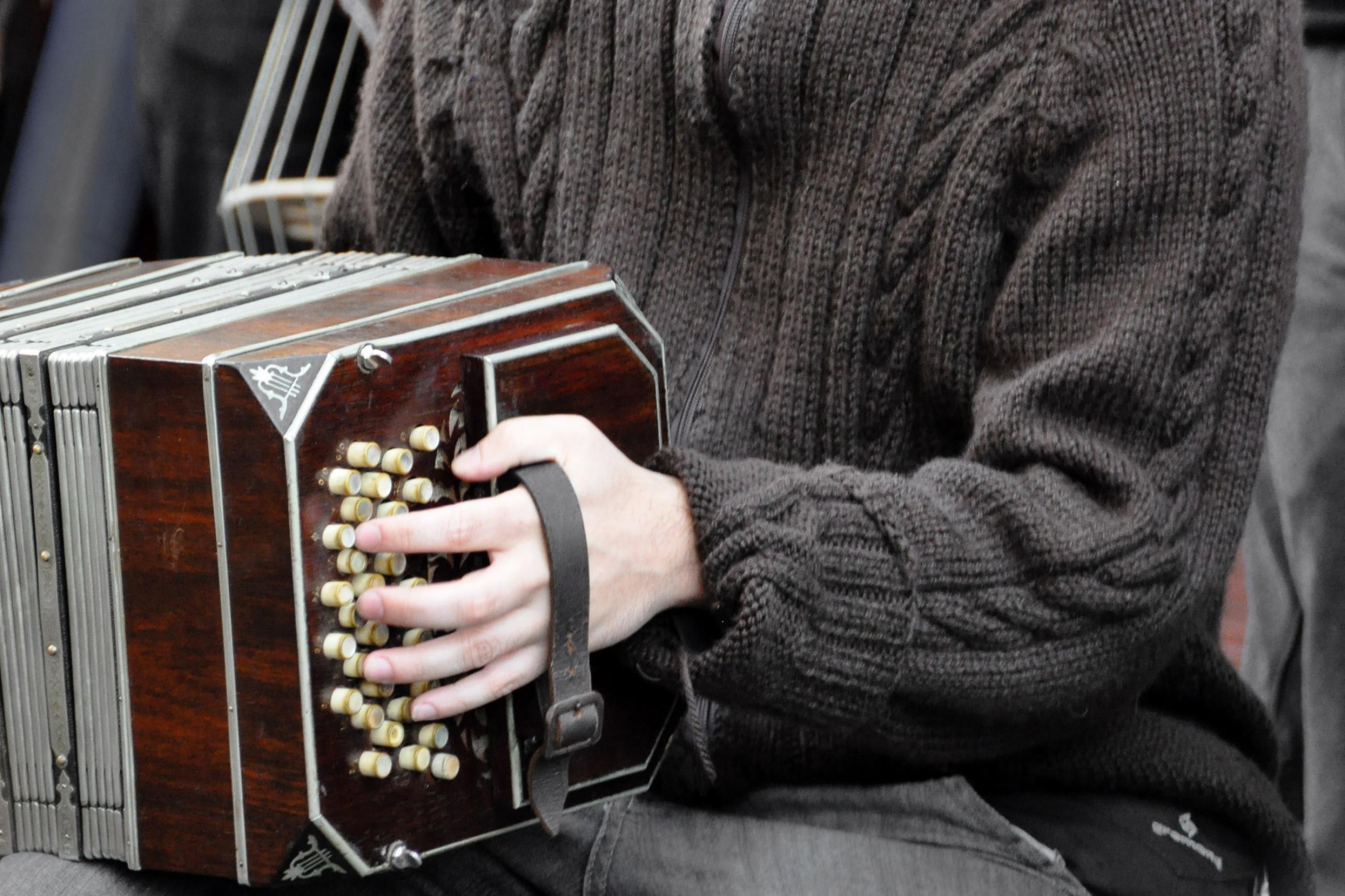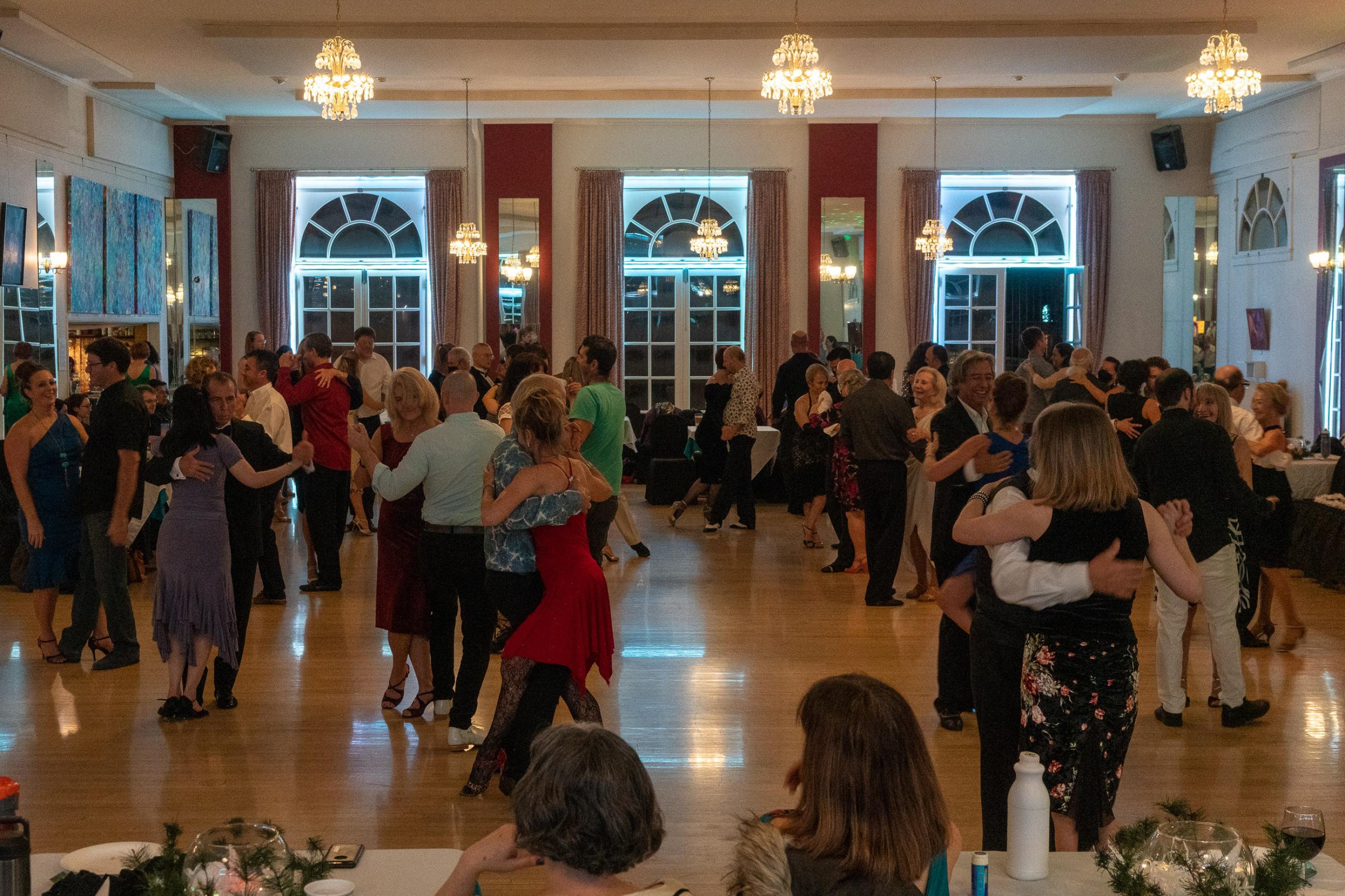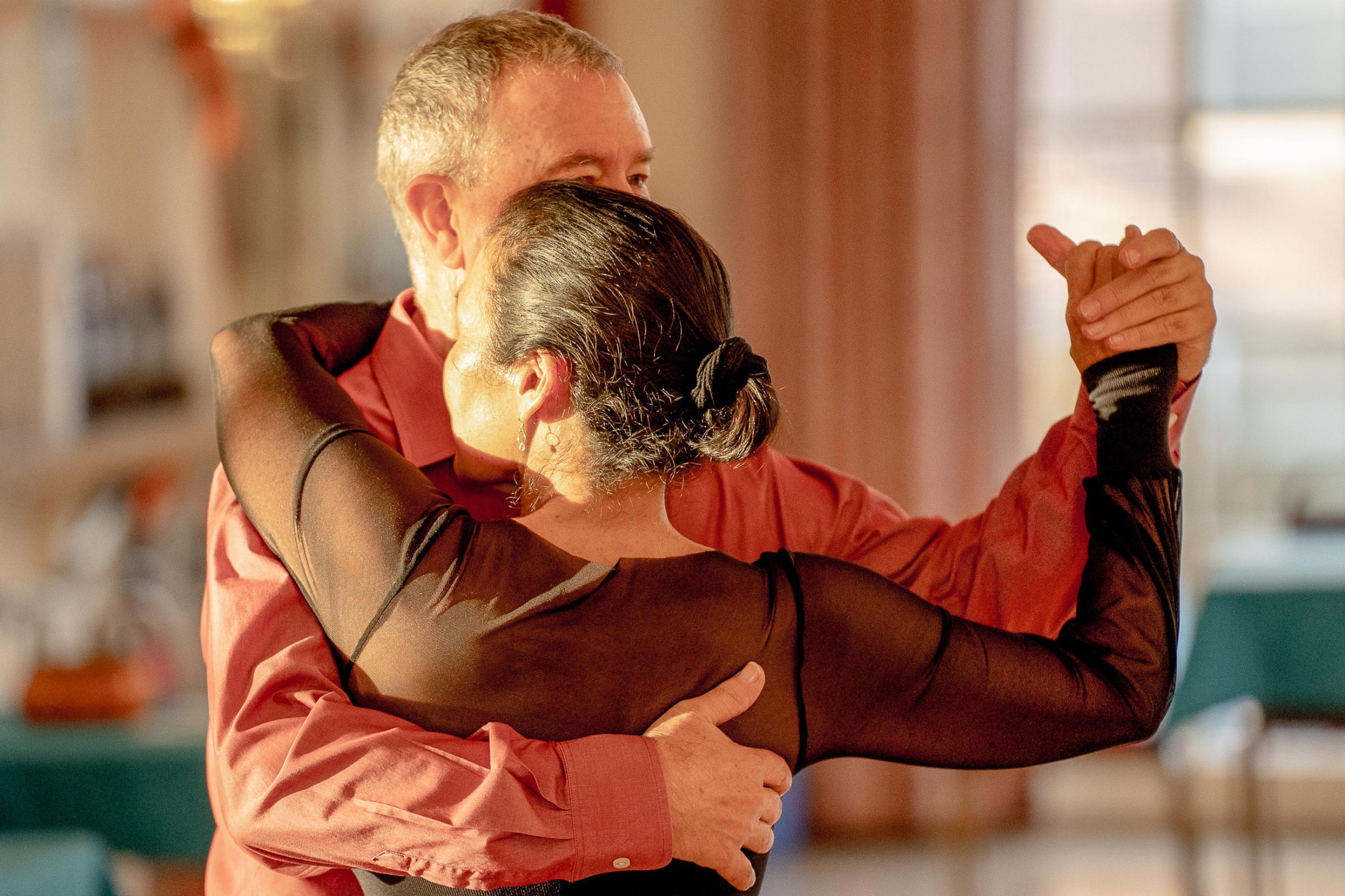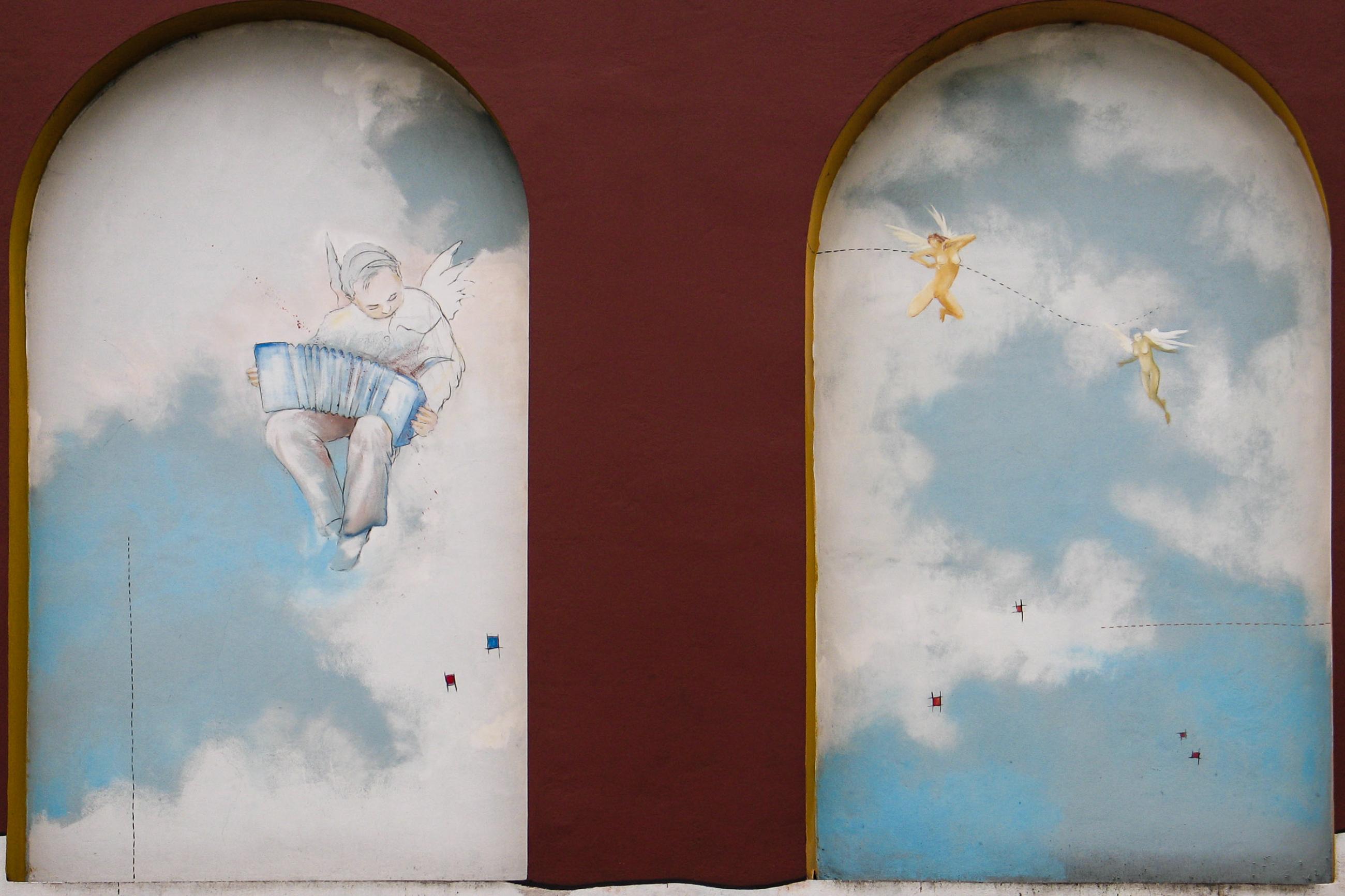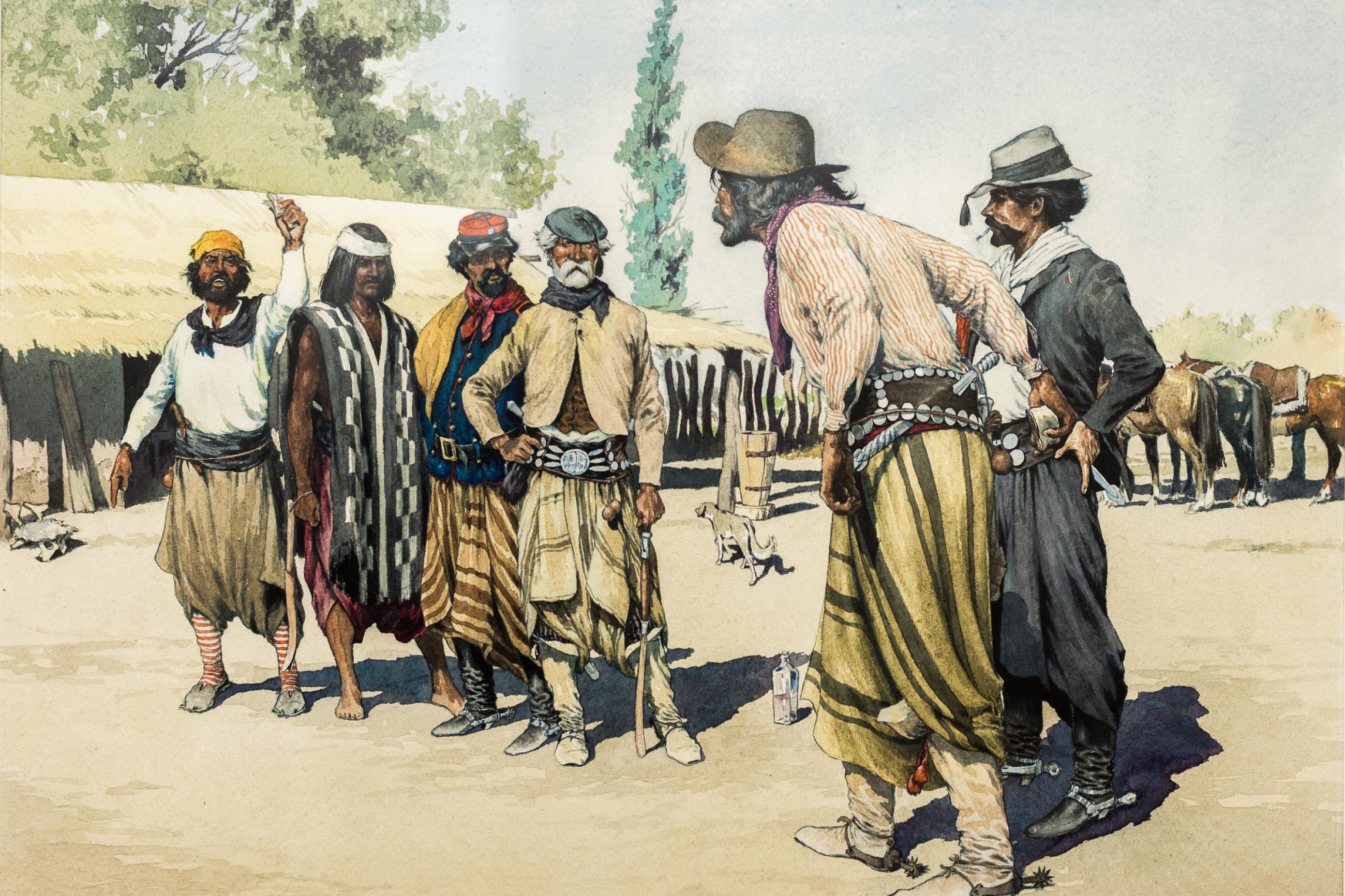
Argentine Tango has a variety of styles. In the old days almost every neighborhood had it's own, typical style. When the tango social life collapsed from 1955 through about 1985, tango was kept alive by show dancers on stage, television and world tours. The tango revival of the 1980s brought social style Argentine Tango back onto the dance floors, almost unchanged from the heyday of the 1940s.
You can categorize tango as open vs close, stage vs social, and athletic vs romantic. To simplify we can speak of two basic categories: dramatic, athletic stage dancing, and close, subtle social dance.
When I first went to Buenos Aires in about 1997, I was confused because none of the steps I learned in class functioned on the dance floors, which were crowded with superb dancers. I spent the next few years pursuing the question "how to dance like an Argentine."
Here is a really good website discussing tango as dance in Argentina:
What is Authentic Argentine Tango?
Four connections are crucial to dancing "real" social-style Argentine tango:
(1) Connection to the Rhythm and Music
(2) Connection to your partner
(3) Connection to yourself: Energy, feeling, attitude, passion, meditation, expressiveness
(4) Connection to the other dancers: Social tango steps, not cool moves from stage tango.
When I say that I teach the social-style tango "as danced today in the milongas of Buenos Aires", I mean that I am trying to communicate the four things listed above.
It is fine if you want to learn cool moves from the stage, but the four connections described above serve as a useful foundation. Social tango is easier to take out dancing, and it provides a good foundation if you want to go on to more showy movements.
Tango in Argentina is danced in a Close Embrace
In Argentina, when referring to social tango, we might generalize about three styles: Always Close Embrace, Variable Embrace (Walk close and open slightly to allow the woman to pivot her hips sideways. The third style might be described as a "V-Embrace" where the partners are neither close nor open, rather in a frame, joined on the leader's right side and slightly open on his left. Two styles you never see on the social dance floor in Argentina are: Always Open Embrace, or Stage Tango.
Codes of the Dance Floor
Social Argentine tango has a number of codes or customs, which could be considered cool or quaint, liberating or restrictive, or at the very least a fascinating social study.
(1) The "Eye Game" or Cabeceo is asking for a dance from across the room by looking and nodding at your intended partner. Just as you wouldn't chase down the waiter at a fine restaurant to ask for more wine, in Argentina you wouldn't pressure a partner for a dance by putting your hand in her face. You want to dance with her, and you want her to choose you, so you watch for that electric glance that says she wants to dance with you.
(2) Honor the Dance floor. A tango nightclub has enough tables so everyone has a home-base. In the most traditional milongas, the women sit on one side and the men on the other. Pedestrians walk around the outside of the tables, leaving the floor available for dancers only. Lights are relatively high so you can watch the dancers... and work the eye-game.
(3) Lanes of Dance. Social Tango is danced in a "rectangle", not a circle. Each lane is approximately 3 feet wide, with a couple in front and behind. The outside lane progresses steadily around the floor, and if it becomes too crowded, then a second lane can form just inside - sort of like I-25 at rush hour. Hapless dancers who can't navigate congregate in the middle. To enter the dance floor, you watch for a gap, catch the eye of the on coming leader and merge with traffic. It is frowned upon to clog up the freeway or race around.
(4) Three or four dance sets with a curtain music. Each set of tango music is 2 or 3 minutes, so three dances gives you about ten minutes with one partner. At the end of the dance, assuming the leader has done his job well, the follower is floating in a dream, so the custom is to walk her back to her table. In the gap between songs, and over the first few phrases of the new one, the couples have an opportunity to chat. In the old days, this was the one shot you got at making a connection since the women were typically well-chaperoned.
(5) Romance and Dating are separate from Tango. Despite the sultry if not sexy marketing imposed on tango, it is treated as a dance, not a date. A date is "Do you want to meet for Dinner?". A dance is giving your best to your partner in terms of music, connection, feeling and caring.
Intimacy and closeness
As mentioned above, tango in Argentina is always danced close. Culturally, tango is considered to be a danced embrace, not an athletic endeavor. The codes listed above help navigate the social terrain of dancing closely with different people, even someone who is not your life partner. Tango communities are not large, and you see and dance with the same people over months if not years.
Finally: The question I always get "Why are they all so serious?"
One of my mentors called Tango a "playground for adults", but it isn't exuberant like Salsa or Lindy Hop. It takes concentration and focus for two people to connect and dance the intricate steps without a mistake. The best comparison might be the following: you don't see concert musicians laughing while performing a symphony. It isn't because they aren't enjoying the music, rather they are deep in concentration.
